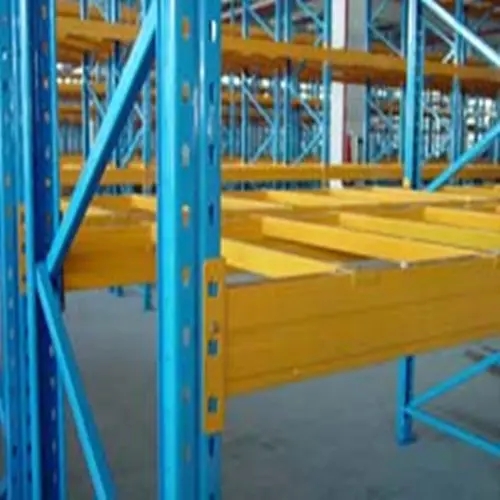
Understanding PPGI and PPGL A Comprehensive Overview of Their Significance in Modern Construction
Galvanized steel sheets have been a cornerstone in the construction industry for many years, offering durability, longevity, and versatility. Among the various forms of galvanized products, Pre-Painted Galvanized Iron (PPGI) and Pre-Painted Galvalume (PPGL) have emerged as popular choices, revolutionizing the way construction materials are perceived and utilized. This article explores the characteristics, applications, and advantages of PPGI and PPGL, along with their pivotal roles in contemporary construction projects.
What is PPGI?
Pre-Painted Galvanized Iron (PPGI) refers to steel sheets that are coated with a layer of zinc and then pre-painted. The zinc coating serves to protect the steel underneath from corrosion, while the paint layer provides additional aesthetic appeal and further protection against environmental elements. PPGI is characterized by its vibrant colors, uniform finish, and resistance to fading, making it an ideal choice for architecture where appearance is critical.
What is PPGL?
On the other hand, Pre-Painted Galvalume (PPGL) is similar to PPGI, but instead of a zinc coating, it employs a combination of aluminum and zinc in its protective layer. This unique alloy offers enhanced corrosion resistance, particularly in harsh environments. PPGL also boasts superior heat reflectivity and thermal insulation properties, making it a preferred choice for applications where energy efficiency is essential.
The Advantages of PPGI and PPGL
Both PPGI and PPGL have unique advantages that make them suitable for various applications
1. Durability Both PPGI and PPGL are designed to withstand harsh weather conditions, including rain, snow, and high humidity. The protective coatings significantly extend the lifespan of the materials, reducing the need for frequent replacements.
2. Aesthetic Appeal PPGI, in particular, is available in a wide range of colors and designs, allowing architects and builders to create visually appealing structures. This versatility in design is a significant advantage in modern architecture.

3. Lightweight Both materials are lightweight compared to traditional building materials like concrete or brick. This property simplifies handling and installation, significantly reducing labor costs and construction time.
4. Energy Efficiency As mentioned earlier, PPGL's superior thermal insulation properties can lead to energy savings in climate control for buildings. This characteristic aligns well with the increasing emphasis on sustainable building practices.
5. Cost-Effectiveness Both materials offer an excellent balance between quality and price. The long-term durability and maintenance-free nature of PPGI and PPGL make them a cost-effective option for builders and homeowners alike.
Applications in Modern Construction
PPGI and PPGL have found their way into various applications across the construction sector.
- Roofing and Cladding PPGI is commonly used for roofing sheets and wall cladding, providing an attractive exterior that complements modern design aesthetics. PPGL is particularly popular for residential and commercial roofing applications, thanks to its durability and corrosion resistance.
- Industrial Applications The robust nature of both PPGI and PPGL makes them suitable for use in industrial buildings, warehouses, and manufacturing facilities, where exposure to harsh environments is common.
- Home Appliances and Furniture In addition to construction, PPGI is often used in the manufacture of home appliances, offering both functional and aesthetic advantages.
Conclusion
In summary, PPGI and PPGL represent significant advancements in the field of construction materials, combining aesthetic appeal with superior performance and durability. Their unique properties make them suitable for a wide range of applications, driving innovation and sustainability in building design. As the construction industry continues to evolve, the importance of selecting the right materials such as PPGI and PPGL cannot be overstated, ensuring the longevity and resilience of structures in the face of changing environmental conditions.